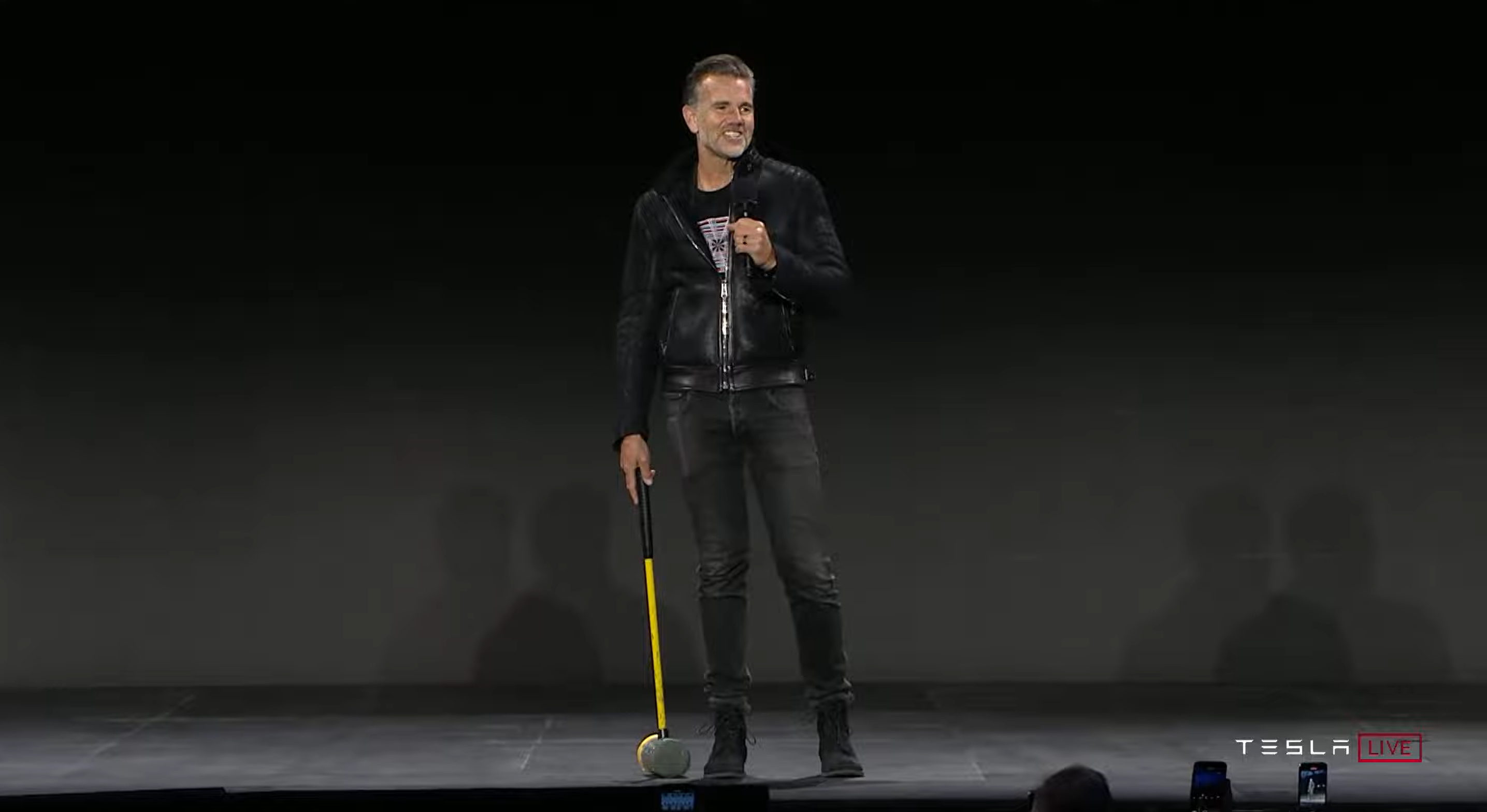Simplicity, refinement, and courage are the hallmarks of Tesla’s press conferences and the new Model S is no exception.
On June 11, 2021, Tesla held the first delivery ceremony of the new Model S at its Fremont factory in California. The event was moderated by Tesla CEO Elon Musk and Chief Designer Franz von Holzhausen.
Despite being delayed for 103 minutes, the event ended in just 26 minutes.
Vehicle Engineering Updates
The new Model S was first unveiled on January 27th of 2020 during Tesla’s annual financial report (a typical Tesla approach to introducing new cars). In terms of design, Tesla made only slight adjustments to the front bumper, side air flow lines, rear wing, and bottom of the car.
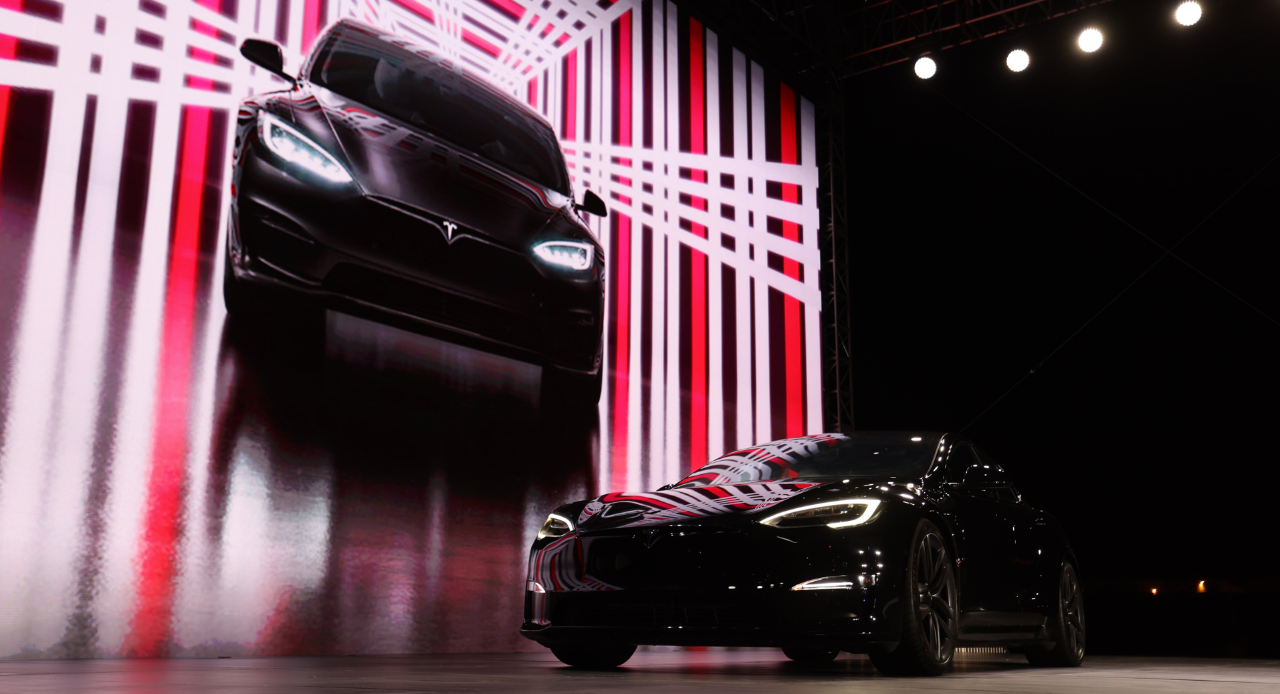
So, what about updates to the vehicle engineering?
Elon announced at the conference that Tesla claimed the top five spots on the list of the 50 vehicles with the lowest injury rates according to statistics from the U.S. National Highway Traffic Safety Administration (NHTSA) since 2011.
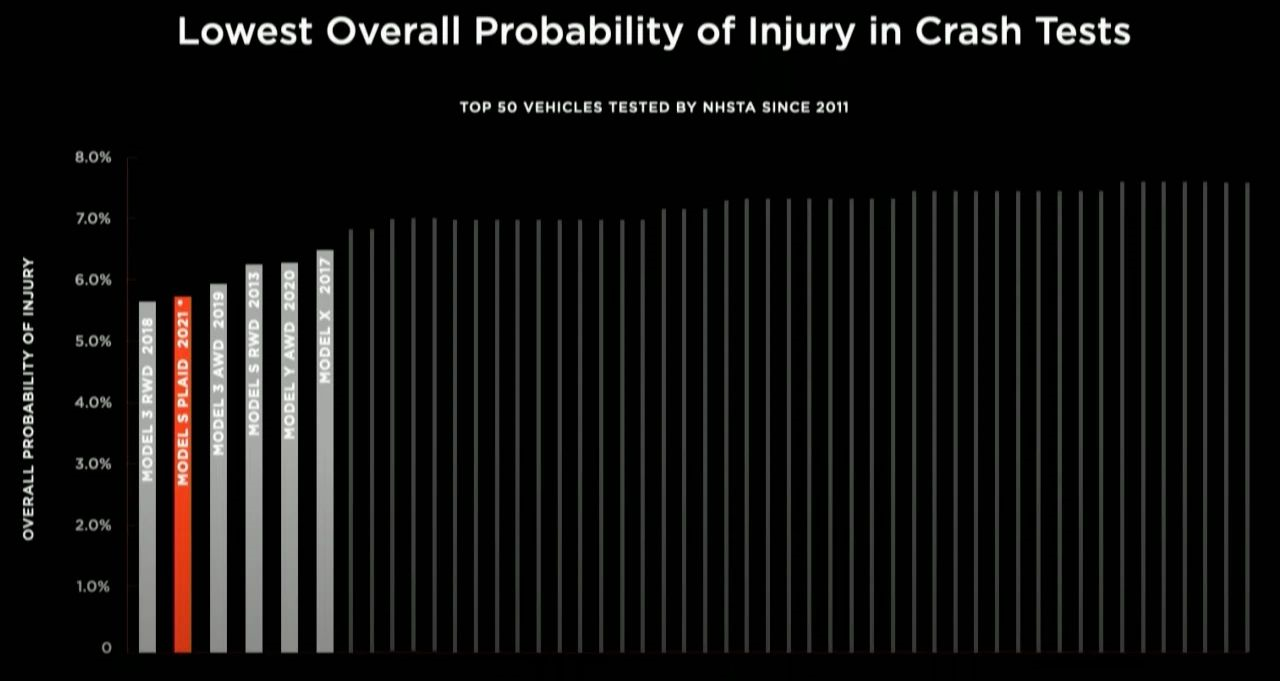
The 2021 new Model S Plaid ranked second on the list, just behind the 2018 Model 3 RWD. Tesla also published a similar list in October 2018.
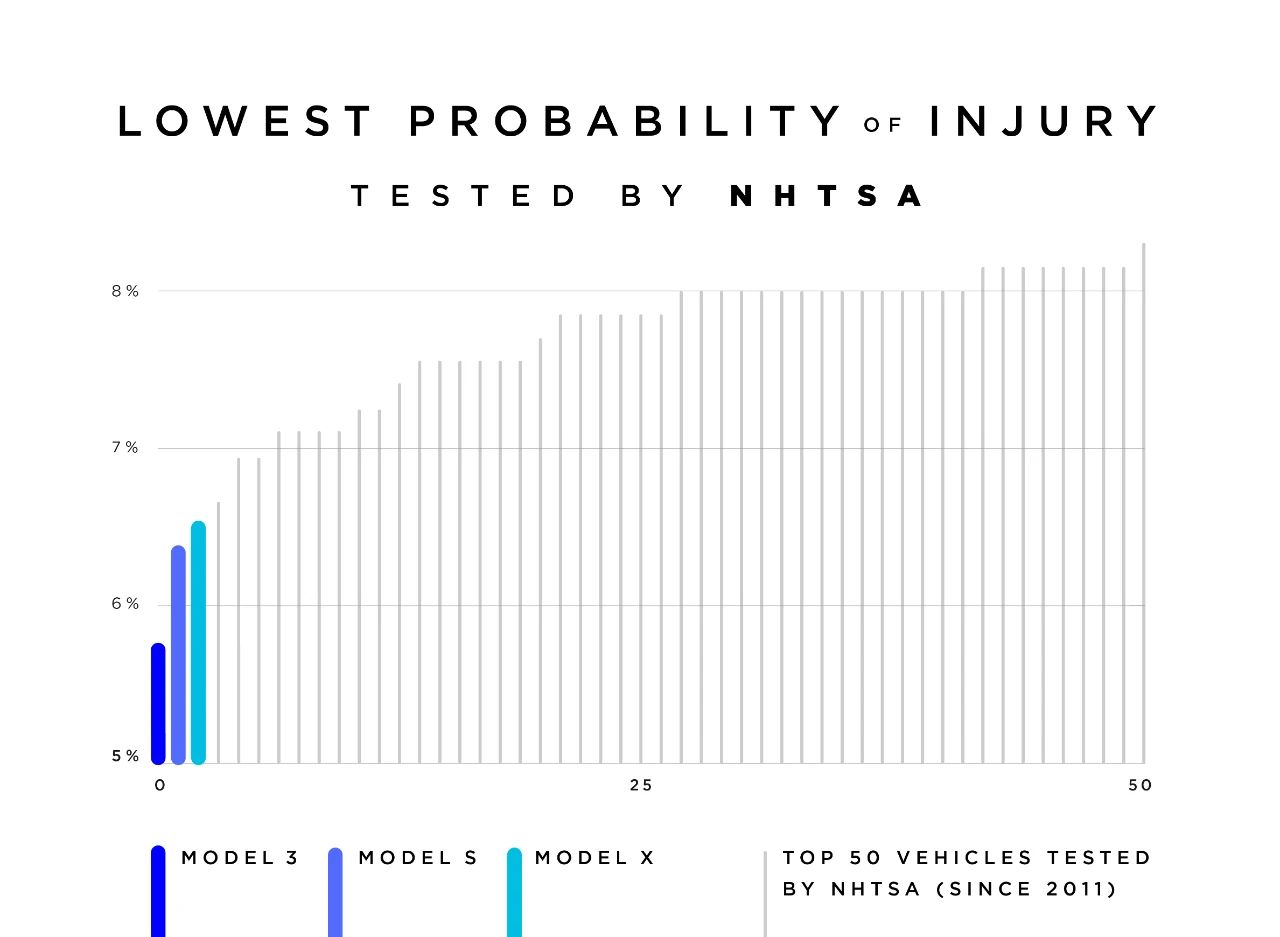
Comparing the two lists, at least three conclusions can be drawn:
- The 2018 Model 3 was too aggressive.
- The injury rate for the 2018 Model S, while at a “high” 6%, had already entered the top three.
- Despite ranking second, the 2021 new Model S is not the only vehicle that Tesla has improved in the past three years. As a result, the previous second-ranking 2018 Model S has dropped out of the top five.Therefore, it is clear that Tesla has re-designed the vehicle engineering of the new Model S. “From the white body released on the official website, the entire body has undergone a large-scale redesign.” The most obvious change is that the rear body has eliminated the previous different parts assembly and adopted the same integrated die-casting process as the Model Y.
The Plaid vehicle engineering has achieved very good results in collision safety, which has caused Elon’s marketing skills to work again: “faster than any Porsche and safer than any Volvo.”
The styling is updated hesitantly, and the internal updates strike hard, this is the new Model S.
Electric power engineering
- Acceleration from 0 to 96 km/h in 1.99 seconds
- Peak speed of 320 km/h
- Acceleration of 400 meters in 9.23 seconds
- Peak power of 1020 horsepower
- EPA rated range of 390 miles
- 15 minute charge for 187 miles of range
Model S Plaid is a fully-equipped four-door five-seater sedan, and at the same time it is the fastest mass-produced car ever, beyond the three major supercars. Behind this series of numbers is Tesla’s fourth-generation electric powertrain supporting the core.
Consumers’ requirements for electric vehicles are actually very demanding. For a high-performance car, we hope that its motor can output high power continuously, while being as small as possible and not generating heat. It would be even better if it could be cheaper.
The motor of Model S Plaid achieves this, “this is an outstanding engineering design, never has a motor been able to do what Plaid can do, it can be lifted by you alone, and at the same time, it can push a 2-ton car to 96 km/h in 2 seconds.”To suppress the heat dissipation caused by the small volume, the Plaid motor has been made as “the first mass-produced motor with a carbon fiber protective cover on the rotor in history“. Elon said at the press conference that since the thermal expansion rates of carbon and copper are completely different, Tesla had to wrap the rotor with extreme tension in order to install the carbon fiber protective cover. About this matter, Elon used two adjectives: super hard and extremely hard.
Ultimately, the Plaid motor perfectly achieves what consumers want: It can reach a maximum output power of 1020 horsepower when accelerating to 50 mph, and maintain stable peak output until reaching a speed of 320 km/h.
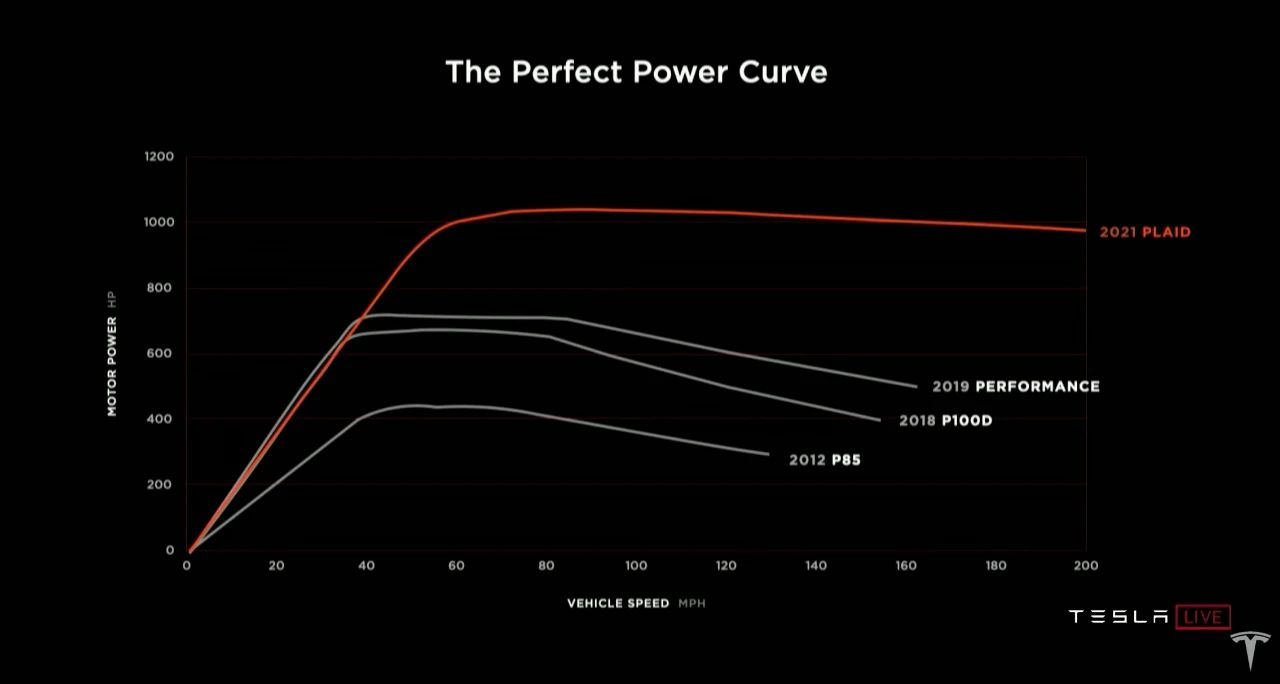
Most importantly, the price of this car is only $122,990 – in China, the price of Plaid is 1,059,990 yuan.
In recent years, people have been marveling at the “technological democracy” promoted by Model 3. For only 339,900 yuan, you can buy a high-performance car model with a 0-100 km/h acceleration of 3.3 seconds, which was unthinkable in the past.
Now, Model S Plaid has gone further on the “technological democracy” route: for just over 1 million yuan, you can experience the world’s most powerful mass-produced car model in terms of acceleration.
Thermal management system
For products like pure electric vehicles that have cooling/heating demands in multiple areas such as the cockpit, motor, and battery system, Tesla has been obsessed with the thermal management system that runs throughout the entire vehicle for the past decade, in order to more centrally and intelligently manage the vehicle’s energy utilization efficiency. The 2012 Model S had a four-way valve, the Model 3 had a six-way valve, and the Model Y had an eight-way valve with added heat pumps.
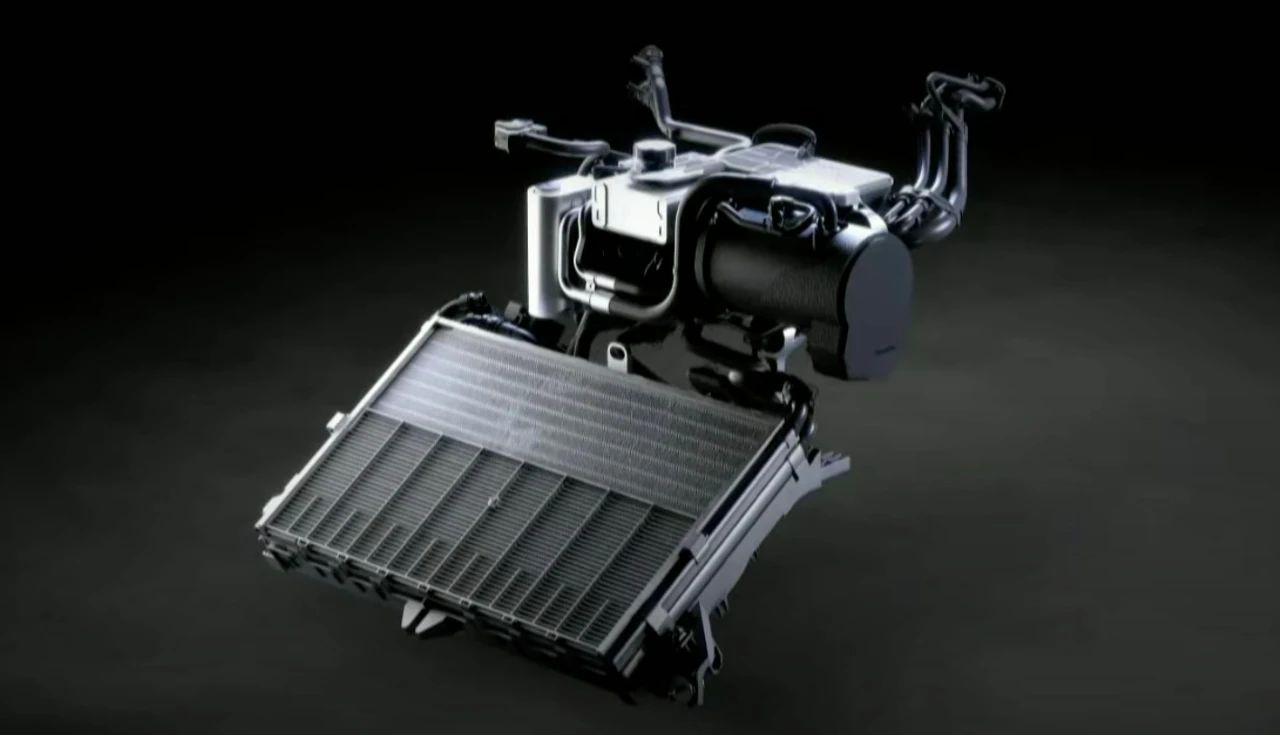
The thermal management system of the new Model S seems to have gone further. According to Elon, under cold conditions, the new Model S has increased its range by 30% and reduced the energy used for cabin heating by 50%.
But that is not the most important part. Do you still remember the two key indicators mentioned earlier: peak speed of 320 km/h and 187 miles of range replenishment in 15 minutes?
As a thermal management system for a high-performance car, in addition to optimizing energy consumption for daily commuting, perhaps its more important responsibility is to efficiently remove the heat generated by continuous high-power charging and discharging.With its super high-performance thermal management system, Elon once again talked about his plans to take the new Model S back to the Nürburgring North Loop, and the peak power of 250 kW of the V3 Supercharging network is no longer the limit of the new Model S. It is said that “280 kW, 300 kW and eventually 350 kW”.
Although there is no specific timeline, we tend to believe that this is not just a casual promise from Elon – as early as the Q3 2020 earnings conference, Jerome Guillen, who has just resigned as the President of Tesla’s automotive business, simply mentioned that “Tesla is developing a V4 Supercharger that would deliver around 350 kW”.
From a timeline perspective, as a product that welcomes the next decade, the Model S Plaid is expected to support the next-generation charging system in its product design.
Next-generation Human-Vehicle Interaction
The engineering technologies hidden in front of or below the new Model S cockpit are not simple, on the contrary, they are extremely complex. Elon’s conclusion is “I think engineering that is practically alien”.
But what really catches the eye is the next-generation human-vehicle interaction that Tesla has launched with the debut of the Model S Plaid.
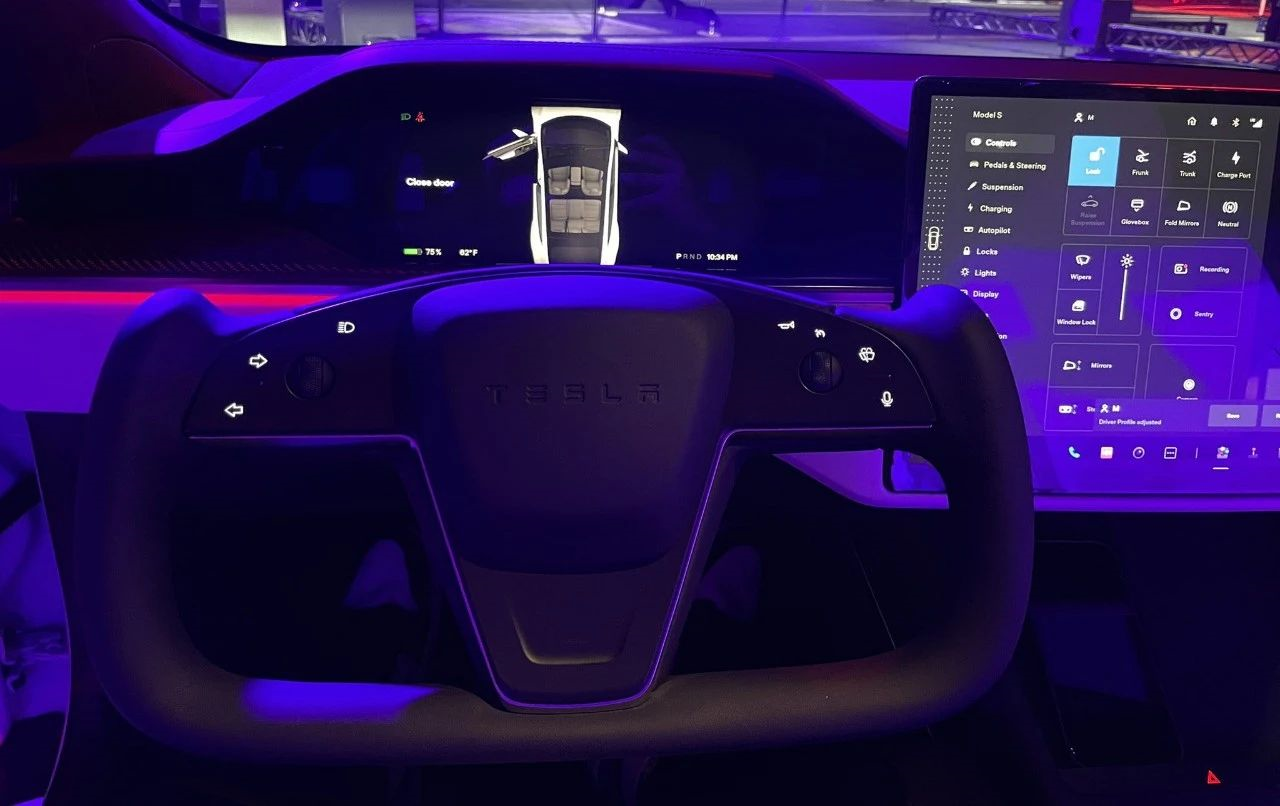
The Model S Plaid is one of the few cars in the world without a turn signal lever, equipped with a yoke butterfly steering wheel, without a physical gear shift lever, supporting automatic gear shifting, and with a PS5-level high-performance gaming chip stuffed into the center console.
The touch steering theoretically improves the convenience of driving operation (of course, there is also the possibility of misoperation in theory), the yoke butterfly steering wheel brings excellent, perhaps only second to the Model 3, driving vision, and the PS5-level gaming chip gives intelligent car cabins a whole new level of imagination.
But in our opinion, “the most controversial but perhaps the most important of these is the automatic gear shifting function”.
According to the Model S Plaid user manual, when the automatic gear shifting function is turned on, stepping on the brake, the gear shift lever will automatically shift to D or R based on the current parking trajectory of the vehicle and the perception based on the current environment of Autopilot’s whole vehicle sensors.
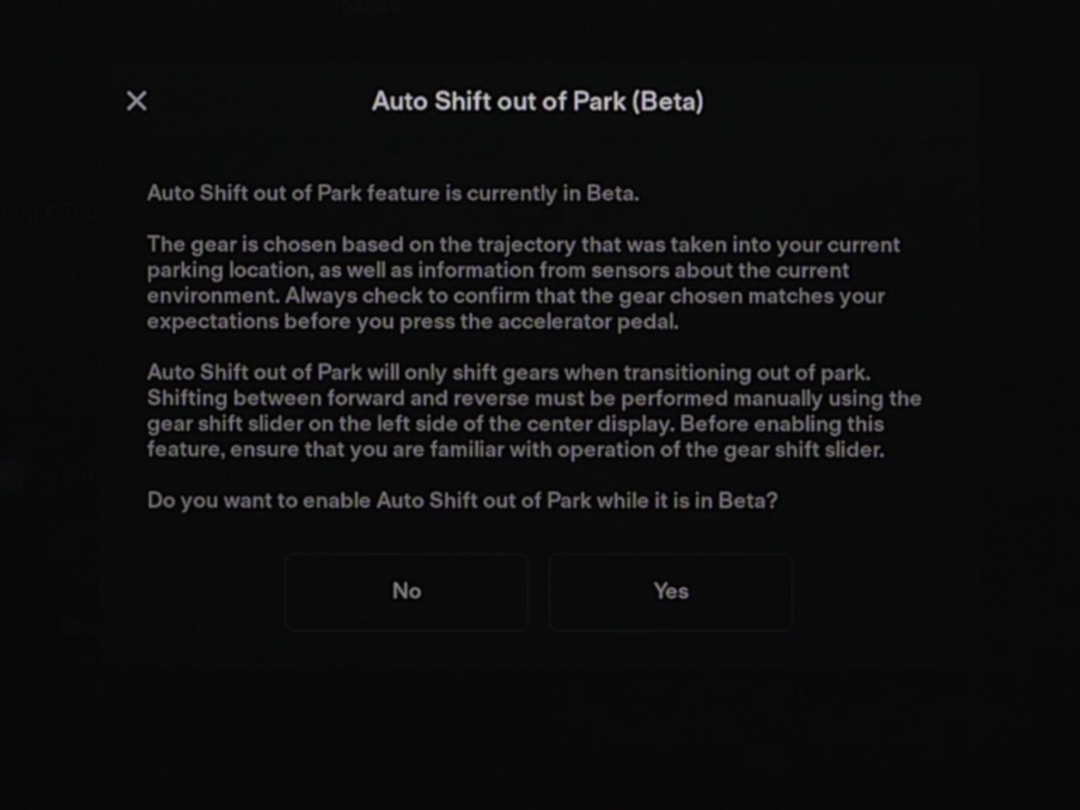 The system’s automatic determination of the user’s choice of gearbox is consistent with Tesla’s continued strategy of driving automation over the past decade.
The system’s automatic determination of the user’s choice of gearbox is consistent with Tesla’s continued strategy of driving automation over the past decade.
When it comes to controversial regenerative braking, Tesla spent nearly a decade gradually guiding users to become accustomed to ever stronger levels of regenerative braking. In early 2012, Model S could completely turn off regenerative braking, while later model configurations removed the “cancel” button and offered only “low” and “standard” levels of regenerative braking. Then in June 2020, Tesla further removed “low” regenerative braking and made “standard” regenerative braking standard across all models.
To complete the action of driving a car, we need to turn on/off the car, release/apply the parking brake, shift gears, and control the vehicle’s acceleration/deceleration/braking. As a pure electric vehicle manufacturer, Tesla, like many other manufacturers, does not have a clutch pedal and eliminated the ignition switch and parking brake early on. In concert with some other leading car manufacturers (e.g., BMW, Nissan), it has greatly simplified the operation of controlling a vehicle’s acceleration/deceleration/braking with a single pedal.
On the Model S Plaid, Tesla is finally attempting to tackle the last and most difficult operation that can only be executed by human driving: shifting gears. This is certainly not easy, so Tesla has taken an unusual approach and released a video tutorial for using the feature along with a pop-up prompt on the page for automatic gear shifting, warning users to “be sure to confirm the system’s gear selection meets your expectations before stepping on the accelerator pedal.”
At the same time, Tesla provides both touch-slide shifting and physical key shifting as backups, located on the far left of the central control screen and at the base of the central control panel, respectively.
Because automatic gear shifting poses the greatest challenge to users’ driving habits, why does Tesla devote itself to promoting this logic? And why have we discarded the engineering technology of alien technology in Elon’s mouth and consider automatic gear shifting the most important innovation on the Model S Plaid?
Because it represents the direction of technological evolution in human-car interaction.
Elon Musk once said, “When something is important enough, you do it even if the odds are not in your favor.” From the Model S Plaid’s automatic gear shifting, we once again see Tesla’s consistent courage.
This article is a translation by ChatGPT of a Chinese report from 42HOW. If you have any questions about it, please email bd@42how.com.
